
A modern take on a vintage 250 GT roadster.
Story and Photos by Joe Greeves
The postwar automotive world was an exciting time, thanks to the resurgence of interest in performance automobiles and the growth of Grand Prix and sports car racing. The FIA, or Fédération Internationale de l’Automobile, announced that in 1953, several national sports car races would be linked to create a World Championship for drivers. The Italians did well in these early races, with Ferrari bringing home a win in 10 of the first 12 championships. It was because of those magnificent sports cars of the 1950s that one veteran builder found the inspiration to create this Vintage 250 GT roadster.
Candido Cavaliere from Port Charlotte, Florida, has been creating replicas for the last 28 years, starting with one based on the Austin-Healey. Realizing that the best way to establish his business was to display his work, he took the car to his first show, getting his first job within the first hour! He has been building replicas to order ever since.
For several years, he specialized in building Healeys, but he always had the idea of creating a tribute to the magnificent sports cars of the 1950s — as well as the men who dedicated their lives to the sport and infused their spirit into the event. His Vintage 250 GT roadster has been a six-year, part-time project that began by accident when he came upon a group of fiberglass car body parts, similar to the early Ferrari Testa Rossa that raced in the late 1950s.
The six separate pieces were hanging on a wall in a body shop and were being used as shaping bucks for aluminum replacement panels. He saw the potential of the raw materials, purchased the parts, and immediately began forming them into his vision of a 1950s-vintage FIA roadster.
Before long, the rear end was modified, the wheelbase was adjusted to fit the custom chassis he had designed several years prior, and the entire car was widened for comfort. Left pretty much untouched were the voluptuous pontoon fenders and the extended grille.
The hood is hinged from the front, revealing a modern Chevy V8 (no “redhead” valve covers as seen on the original racer that inspired this car). He wrapped up the design with a distinctive headrest for the driver. For an unobstructed view, the seats were inset into the floor pan. To complete the design package, those six original fiberglass pieces were joined into a rigid, hand-laid, one-piece body shell with cutouts for the doors, hood, and deck lid.
The car features a custom 98-inch wheelbase chassis (somewhat longer than the 92.5-inch wheelbase of the original TR). It consists of both 2-by-3 and 2-by-2, jig-welded, rectangular steel tubing, and it accommodates components from a single donor source that can be simply bolted in place. Candido’s years of experience prompted him to choose the easy-to-find and reasonably priced C4 Corvette (1984-96) suspension bits. Stock Corvette double wishbones up front, rack-and-pinion power steering, disc brakes, and an independent rear end combine to give autocross-level handling.
The only departure from the C4 was removing the Corvette transverse leaf spring to compensate for the fact that the Corvette is 3,700 pounds, while the GT 250 is only 1,800 pounds. In its place, Carrera adjustable coilover shocks now stabilize the front and rear while allowing precise changes to ride height. The roadster runs on 17-inch Corvette rims with Sumitomo rubber, measuring 275/40ZR17 up front and 315/35ZR17 in the rear. Power comes from a 400 ci Chevy V8, essentially stock but with plenty of low-end torque to launch the lightweight car. The posi rear turns 3.08 gears, making it a freeway flyer.
The engine’s dated EFI system was removed, and instead a tried-and-true 650 cfm Edelbrock carburetor meters fuel intake. A GM HEI electronic ignition lights the fire, and exhaust gas dumps into rams horn headers and ceramic-coated side pipes fitted with glasspacks. Divvying up the power band is a ratchet-shifted, clutchless automatic trans of Candido’s own design. There’s a handy gear indicator on the aluminum dash also. An array of AutoMeter white-face gauges monitor engine vitals. Custom seat shells that come included with the vehicle were upholstered in tan Naugahyde. The interior treatment is all business, appropriate for the period.
The finishing touch was spraying the body with GM arctic white and champagne gold. Amenities include side marker lamps, turn signals mounted behind the grille, TR4 center-mounted gas cap, and 1950 Pontiac taillights. The bright-red disc brake calipers with drilled and slotted rotors show through the five-lug, five-spoke wheels. Although the headlights are not covered, classic Lexan additions are an option.
What motivated Candido to get involved with old sports cars, race cars and classics? “I was born and raised in a family of car nuts, and I’m carrying on the tradition,” he relates. “This is my attempt at capturing that spirit.”
Ever restless, he’s interested in moving onto different projects, as he prefers to be a developer rather than a producer. So he’s planning to sell not only the Vintage 250 GT demonstrator, but also the tooling to construct the car to someone interested in beginning commercial production of a revisionist redhead.

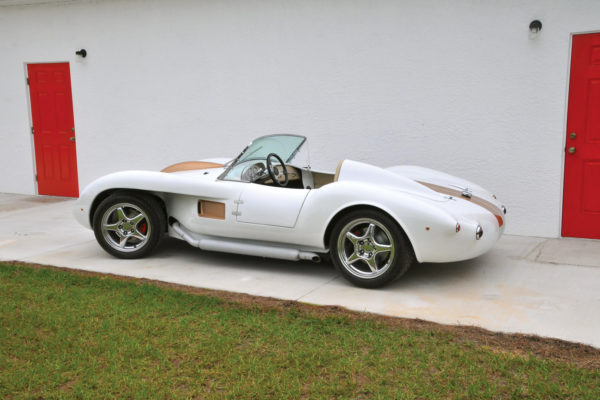
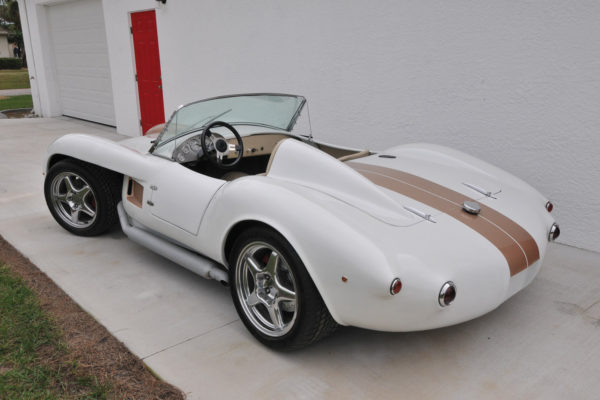
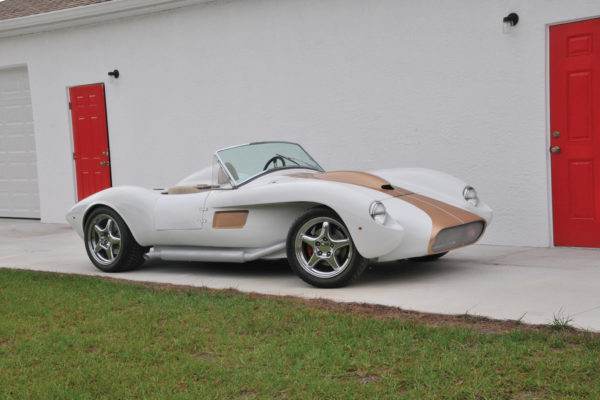
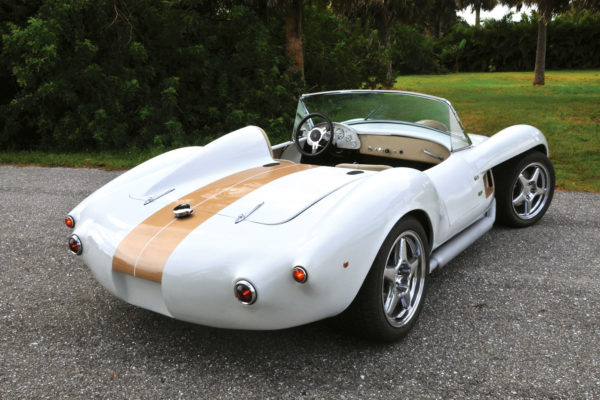
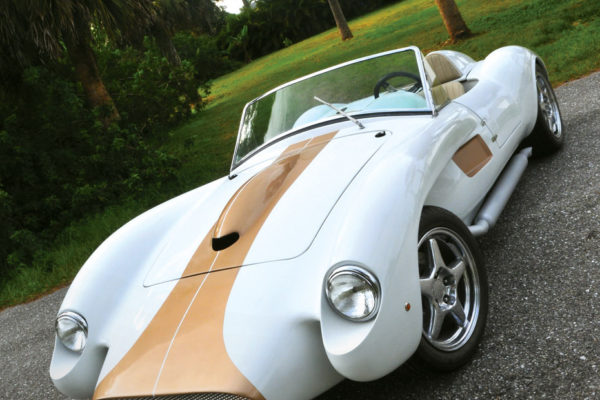
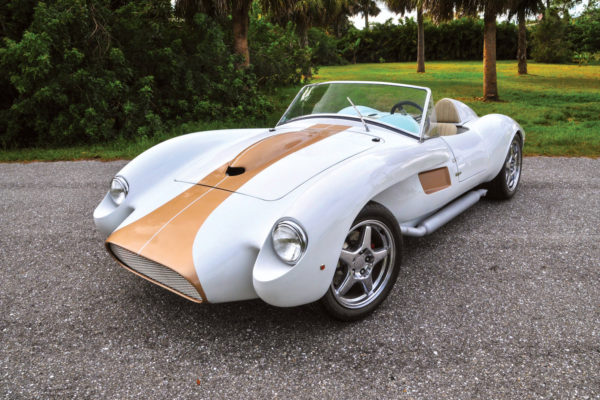
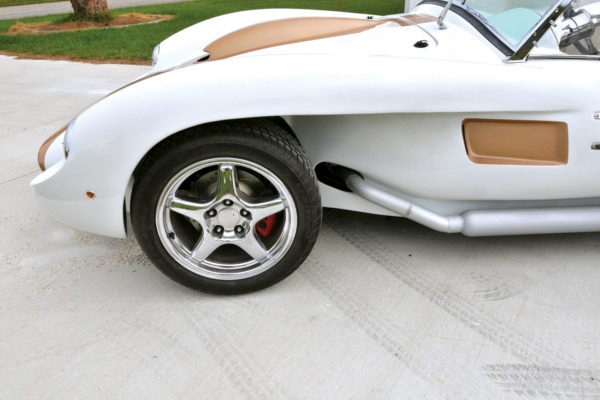
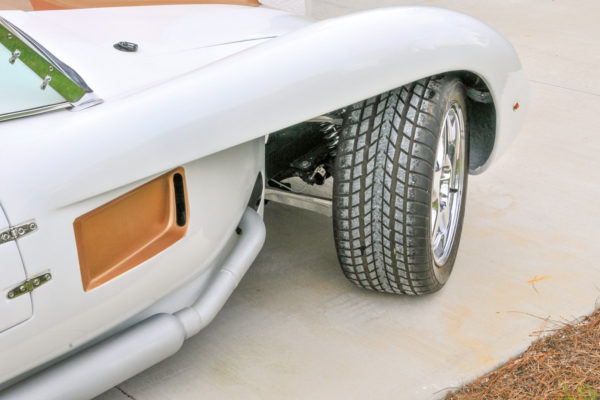
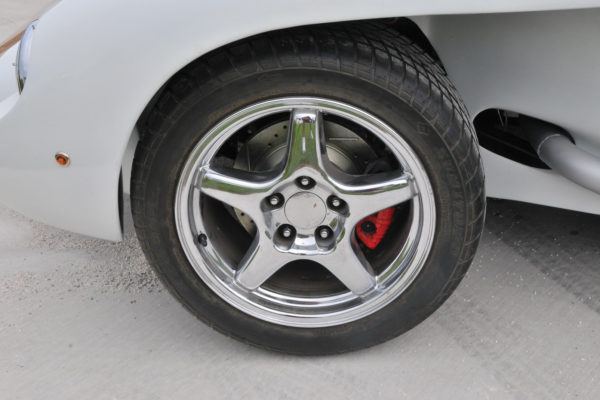
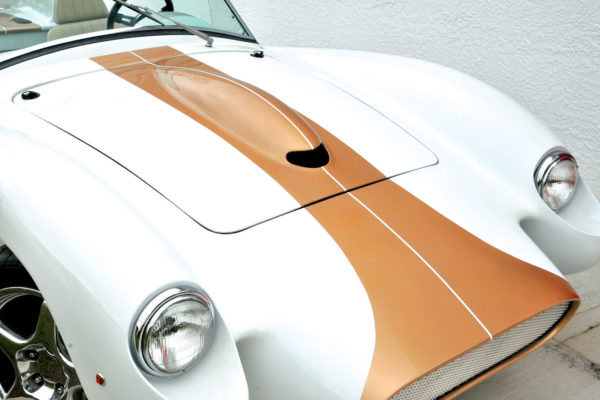
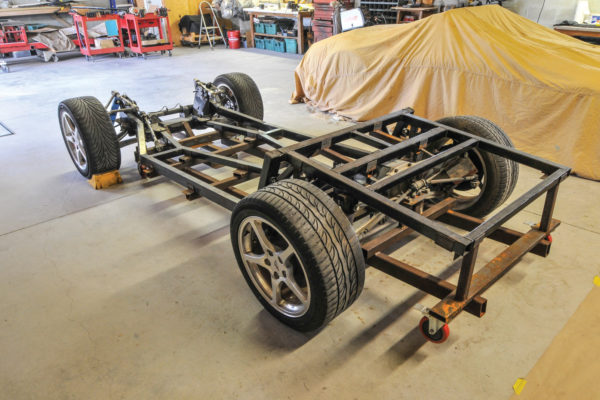
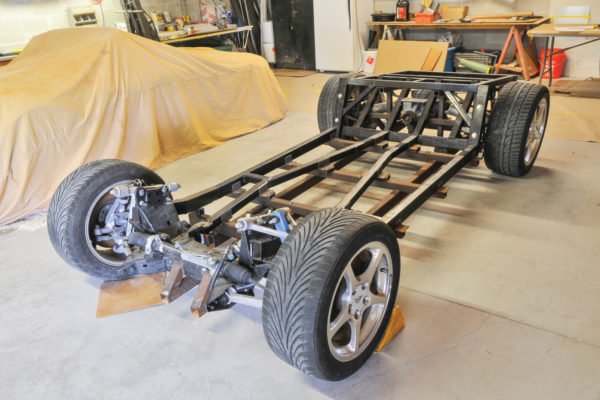
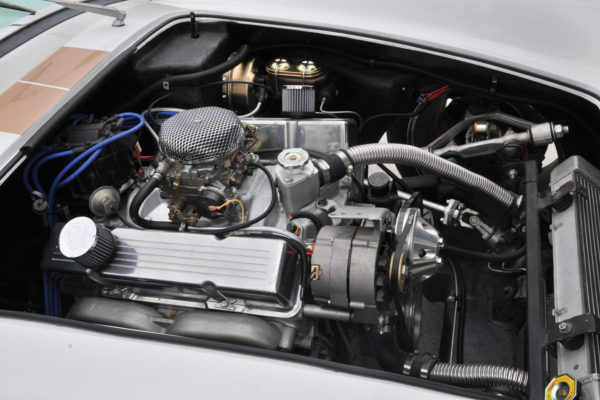
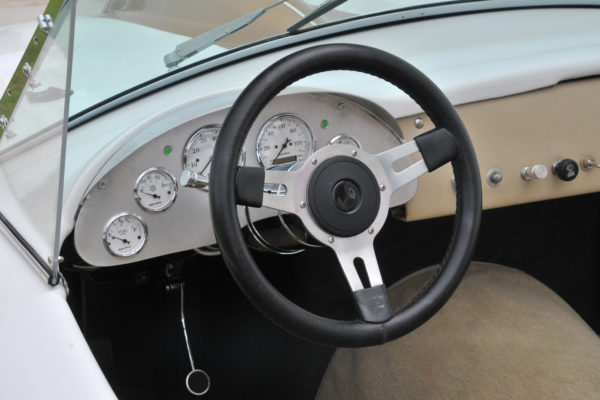
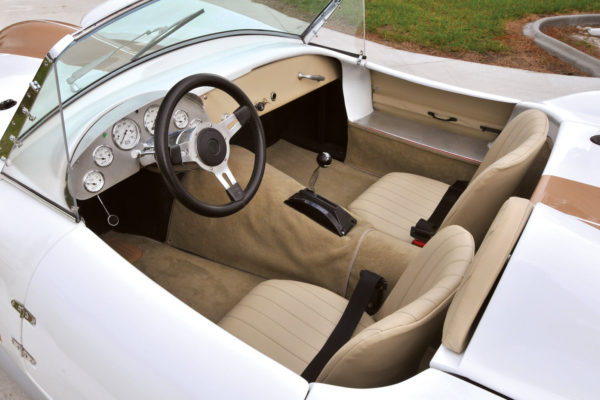
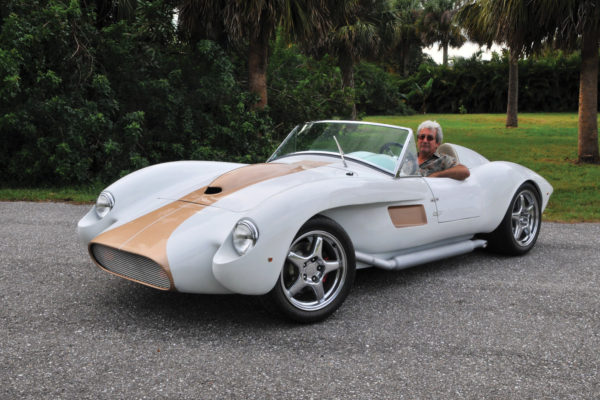
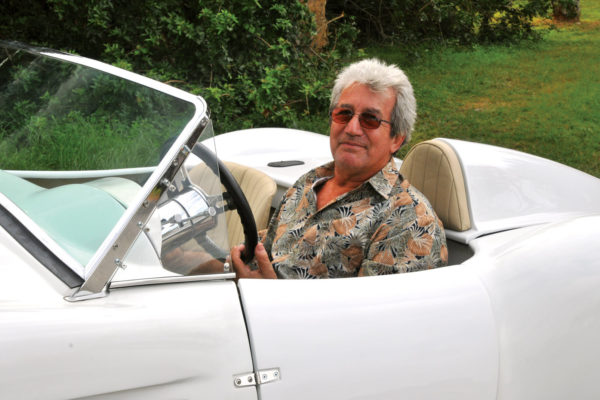
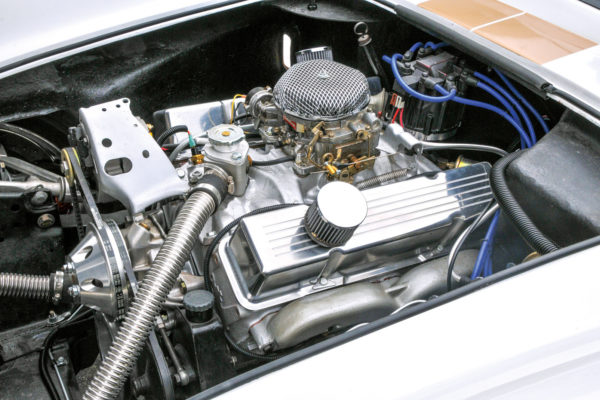
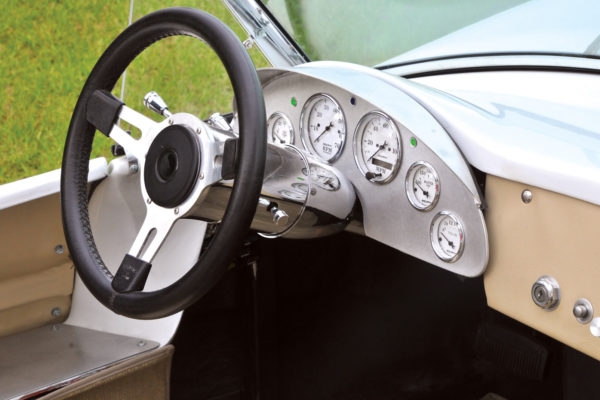
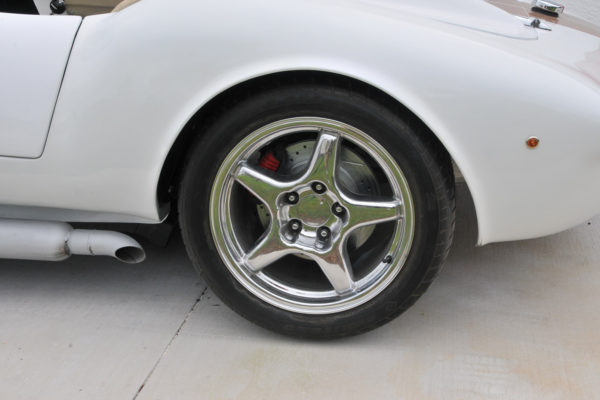
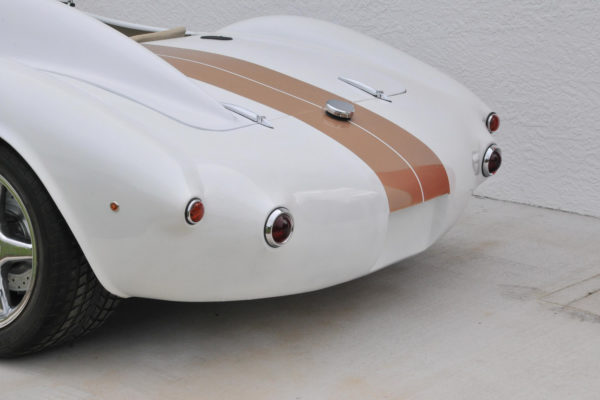


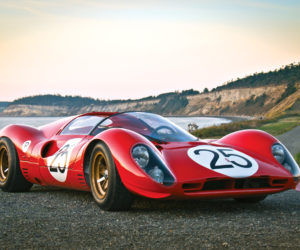
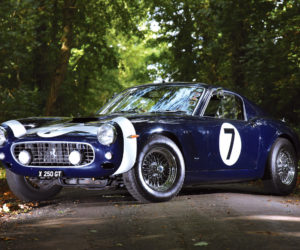






Comments for: Revisionist Redhead
comments powered by Disqus